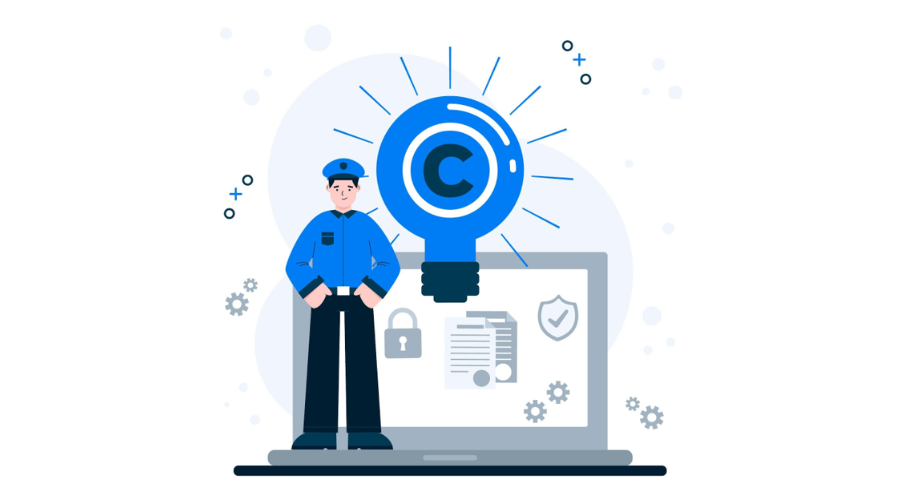Hybrid cloud is the reality for most growing businesses today. Few companies are fully public cloud or entirely on-prem; most combine AWS or Azure with private data centers or servers hosted in colocation facilities. This mix offers flexibility, performance gains, and sometimes even better security, but it also brings cost complexity.
According to the 2025Flexera State of the Cloud Report, organizations waste an estimated 27% of their cloud budgets due to underused resources and poor visibility. And with hybrid adoption projected to hit 90% by 2027, that problem is only getting bigger. Idle development environments, unnecessary backup redundancy, and mislocated workloads that cost 10 times more than needed are surprisingly common. As cloud adoption accelerates, these inefficiencies quietly drive costs out of control.
Leadership is no longer just focused on scalability. Efficiency is now the question on everyone’s mind. This article delves into exactly that, presenting 10 practical, proven strategies derived from real-world experience across finance, DevOps, and engineering.
1. Centralize visibility to eliminate blind spots
Simply understanding where your money is going is the first step towards cost control. In hybrid environments, costs live across multiple consoles, such as AWS here, Azure there, and VMware over in yet another portal.
You can’t optimize what you can’t see. That’s why your go-to move should be integrating all billing sources into one dashboard, typically using a FinOps platform or custom BI solution. Then, we enforce tagging policies so every resource is labeled by team, environment (prod, staging, test), and purpose. This gives everyone, from engineering leads to finance, the same source of truth.
2. Right-size everything, then set it to auto-scale
We’re always amazed at how many workloads are still running on default instance types. Developers are often more focused on “getting it to run” than “getting it to run efficiently.”
Reviewing usage metrics and adjusting instance sizes down by a tier or two can lead to noticeable savings, often without any impact on performance.
Auto-scaling takes that a step further. When non-critical workloads (like test jobs, background services, or internal APIs) are allowed to scale based on actual demand, infrastructure stops running at full capacity around the clock. That dynamic elasticity not only lowers cost but also makes the most of what you're already paying for.
3. Go spot for interruptible workloads
For jobs that can handle interruptions like CI, testing, or batch processing, spot and preemptible instances offer major savings, cheaper than on-demand. For instance, Google Cloud claims to offer 60–91% discounts over traditional virtual machines. Compared to on-demand pricing, AWS Spot Instances can be up to 90% cheaper.
They aren’t suitable for everything, but for non-critical tasks, they’re a smart default. Adding basic retry logic is usually all it takes to make the switch worthwhile. It’s a low-effort change that doesn’t affect performance but makes a big difference in monthly spending. Teams that revisit compute choices regularly tend to catch these quick wins early.
4. Reserve capacity for steady, predictable usage
Some workloads stay consistent, think production databases or always-on internal tools. For these, reserved instances or 1-year savings plans can bring meaningful savings. It’s a simple move: commit where usage is predictable, and stay flexible where it’s not. Reviewing these commitments regularly helps avoid overprovisioning while keeping costs under control.
In hybrid environments, this selective commitment matters even more since not every workload belongs in the cloud long term. A little planning here can unlock long-term savings without locking you into the wrong setup.
5. Shut down dev and test environments after hours
Non-production environments tend to quietly eat away at cloud budgets. They’re spun up quickly and often left running overnight, over weekends, even during holidays. Setting up automated schedules for pausing dev and QA environments during off-hours can reduce those costs dramatically. Engineers can still bring them up when needed, but idle time doesn’t become expensive time.
6. Catch cost spikes early with anomaly detection
By the time monthly billing reports land, it’s often too late to correct runaway costs.
That’s why more teams are adopting real-time cost monitoring tools like AWS Cost Anomaly Detection, Azure Cost Management, GCP’s Recommender, or third-party platforms like CloudZero, Harness, and Kubecost. Instead of waiting for finance to flag an overage, engineering can investigate and course-correct in the same sprint.
Some tools even let teams tag anomalies by source, like region, service, or project, which speeds up debugging. And over time, patterns emerge that help prevent the same mistake from happening twice.
7. Re-evaluate workload placement regularly
A hybrid cloud only delivers value if you actively manage where workloads run.
Some workloads are better suited for public cloud scalability and elasticity, while others may run more efficiently (and securely) in private infrastructure.
Workload reviews shouldn’t be one-and-done; they should be a recurring checkpoint.
Cost, performance, and compliance factors evolve; what made sense a year ago might now be a liability.
Making this a habit also forces teams to keep documentation fresh, which helps with onboarding and handoffs.
8. Reduce egress fees and cross-region data flows
Cross-region traffic, cloud-to-on-prem syncs, unmanaged backups, and external file transfers often introduce surprising egress fees. Several practical strategies can help mitigate this: use CDNs, cache assets locally, and avoid cross-cloud transfers when unnecessary.
Even simple tweaks like placing workloads and storage in the same region can reduce networking costs substantially. A quick audit of cloud traffic can reveal savings opportunities hiding in plain sight.
9. Build a culture of cost accountability
Cost optimization is more than just tools; it's a mindset. Some organizations have started reviewing cost reports in sprint retrospectives. When cost data is part of the team’s feedback loop, accountability follows naturally.
Dashboards that break down spend per service or team create visibility without micromanagement. And once engineers realize cost data is just another kind of performance metric, they start tuning for it.
10. Automate governance with policy-as-code
Manual governance doesn’t scale. By defining cost and compliance rules in code, teams ensure that infrastructure stays in check without constant human review. Developers know what’s expected, and infra teams can sleep better knowing that cost controls are automated from the start.
It also reduces cognitive load; engineers don’t have to remember 20-cost guidelines if the CI pipeline enforces them. It also creates a single source of truth for policy changes, making updates easy to roll out org-wide.
Cost awareness is a culture, not a checklist.
Optimizing hybrid cloud costs isn’t about one big fix; it’s about dozens of small, consistent actions. Reviewing spend, scheduling smartly, choosing the right compute, and building a culture where cost-awareness is part of how engineering teams operate.
And while savings matter, the bigger win is what comes with it: clearer visibility, stronger predictability, and tighter control over your environment.
“We can’t stop the storm of cloud complexity, but we can learn to sail better.”
And that mindset makes all the difference.






